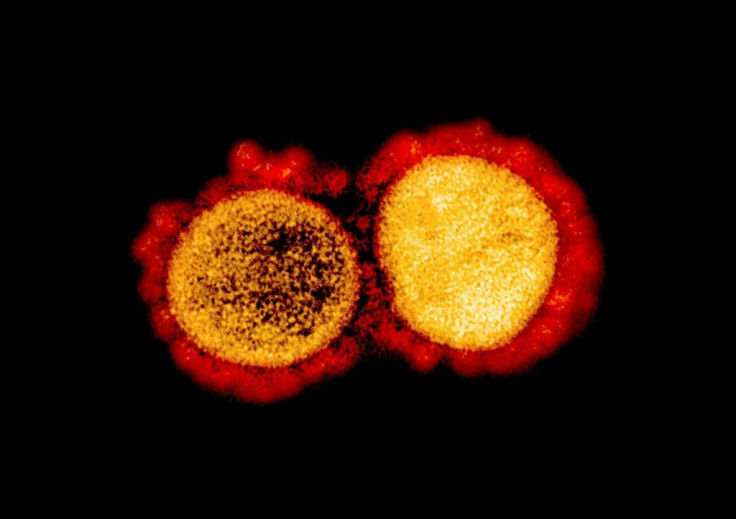Coronavirus 'Third Wave' To Hit US This Fall And Winter, Experts Suggest
KEY POINTS
- The incoming COVID-19 third wave in the U.S. has the potential to be worse than the preceding two waves
- It's starting from a higher plateau of daily cases: 45,000
- It's bound to thrive in the colder climate when most Americans will be forced indoors by the cold
There are growing signs the expected COVID-19 Third Wave starting this fall and extending into winter has already begun to make itself felt in the United States.
U.S. health experts said there are now clear signs a "third wave" might already be here. Since the second wave ebbed on September 9 when the total number of cases per day in the U.S. sank to 34,300, cases have since jumped to 45,300 a day, a 32% increase.
The huge spike is alarming, and reminiscent of the sudden decline and surge that marked the first and second waves.
Of serious concern to doctors is the third wave is starting from an even higher number of daily cases (45,000) than the second wave (34,000). Factor in the colder weather and the coming holidays and the stage is set for another wave that may exceed the second in severity. Then, there's also the inconvenient truth the coronavirus still has a lot more Americans to infect.
"The latest information is that 90% of the country has not yet been exposed to the virus,” Dr. Tom Inglesby told Time.
The director of the Johns Hopkins Center for Health Security at the Bloomberg School of Public Health added, “the virus hasn’t changed and has the capacity to spread rapidly if given a chance.”
The first wave is generally accepted to have lasted from mid-March to early April when infection rates peaked at 32,000 new cases a day, or nearly 10 cases per 100,000 residents, Time noted. Shortly after the peak, however, summer and its warm weather came along and several states reopened some public spaces for Memorial Day on May 25.
This decision sparked the second wave. By mid-July, cases have peaked at a per day number over twice that in the first wave. The high point was 67,000 cases per day, or more than 20 cases per capita.
Dr. Scott Gottlieb, former commissioner of the U.S. Food and Drug Administration (FDA), warned in August about the grave dangers posed by the oncoming third wave. Speaking to CNBC, Gottlieb pointed to a surge in cases in the West and Midwest, indicating a third wave is building.
He said the first wave was the early epidemic in the New York tri-state area. This outbreak was followed by the second wave and its explosion of cases in the Sun Belt in June and July following the Memorial Day weekend.
Gottlieb warns that if states in the West and Midwest do see a significant surge in cases and deaths, "it could be more diffused" and "spread across a broader section" of the country.
“I do think that we’re going to have a third act of this virus in the fall and the winter and it’s likely to be more pervasive spread in a broader part of the country,” said Gottlieb.
He said the disease will likely spread to rural parts of the U.S., some of which have been “largely unaffected to date.” Cases are already beginning to increase in the West and Midwest, said Gottlieb, adding “every community is vulnerable.”
He pointed out COVID-19 doesn't spread like the flu where one person passes on the virus to two or three others. COVID-19 spreads largely at “super-spreading events” such as large gatherings, especially indoor events.
The first wave hit hardest in the Northeast. The second struck the South and the West. The third wave is now shaping up to inflict its pain on the West and Midwest, especially in small rural communities where mask wearing isn't as prevalent.

© Copyright IBTimes 2024. All rights reserved.





















